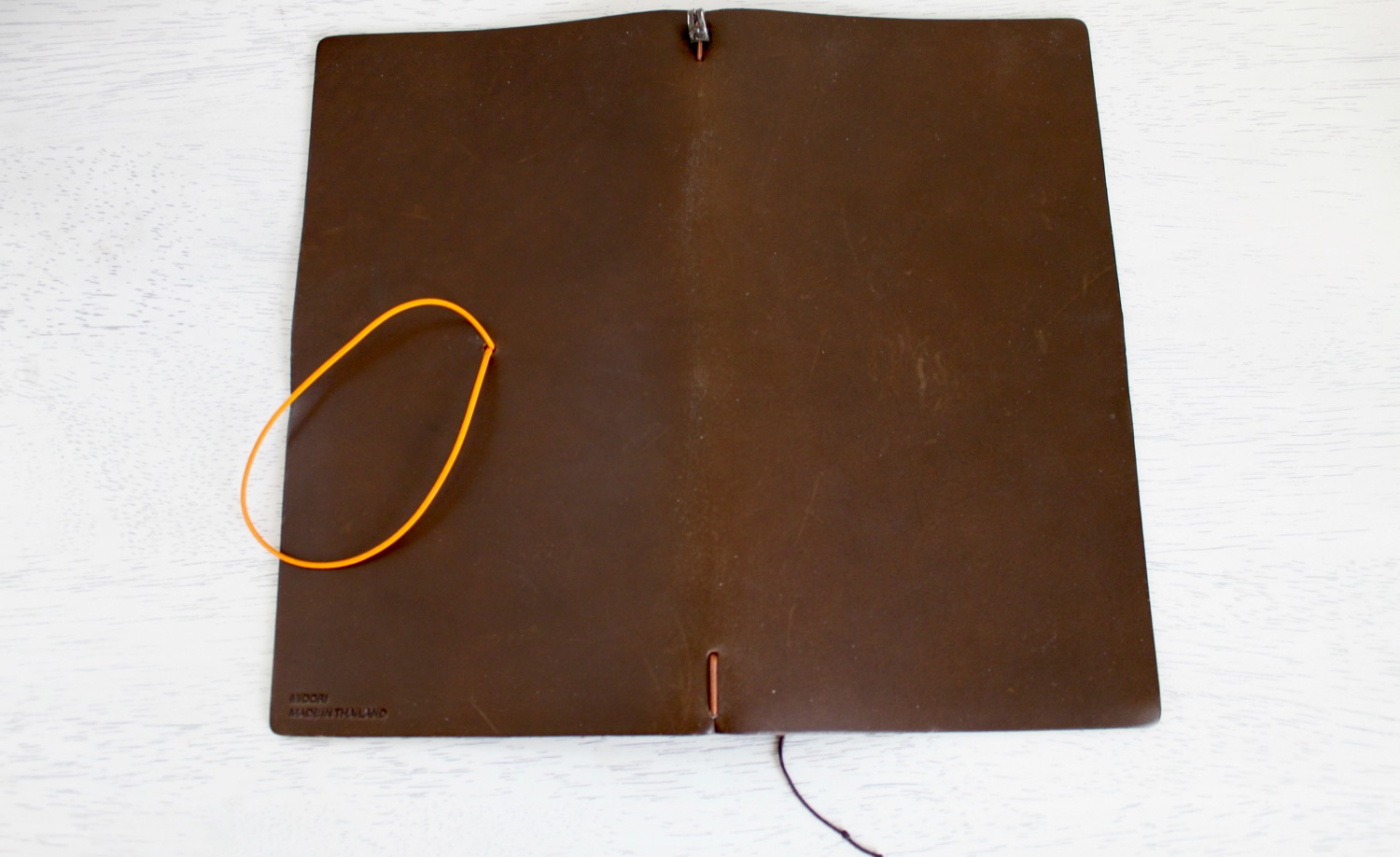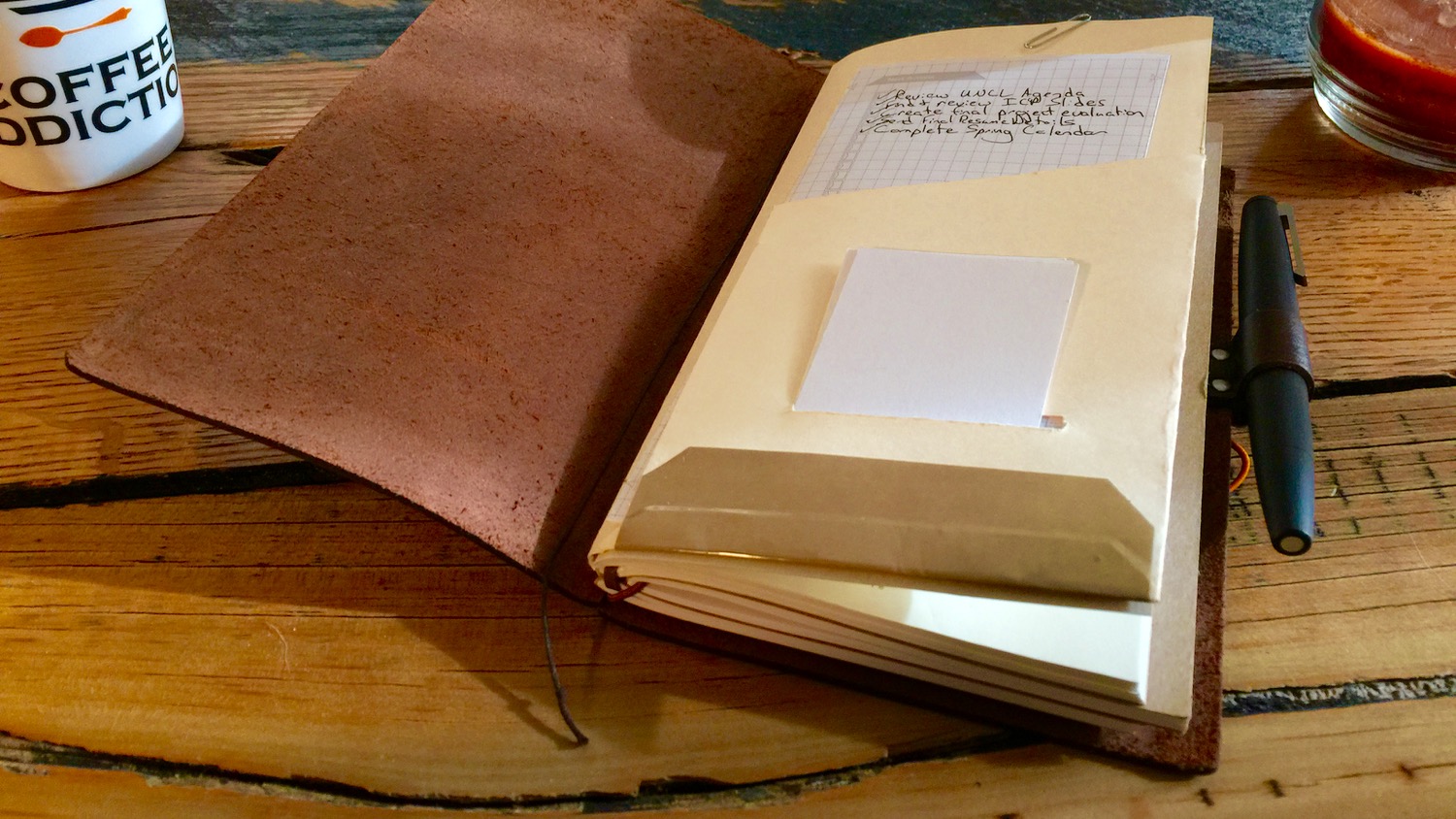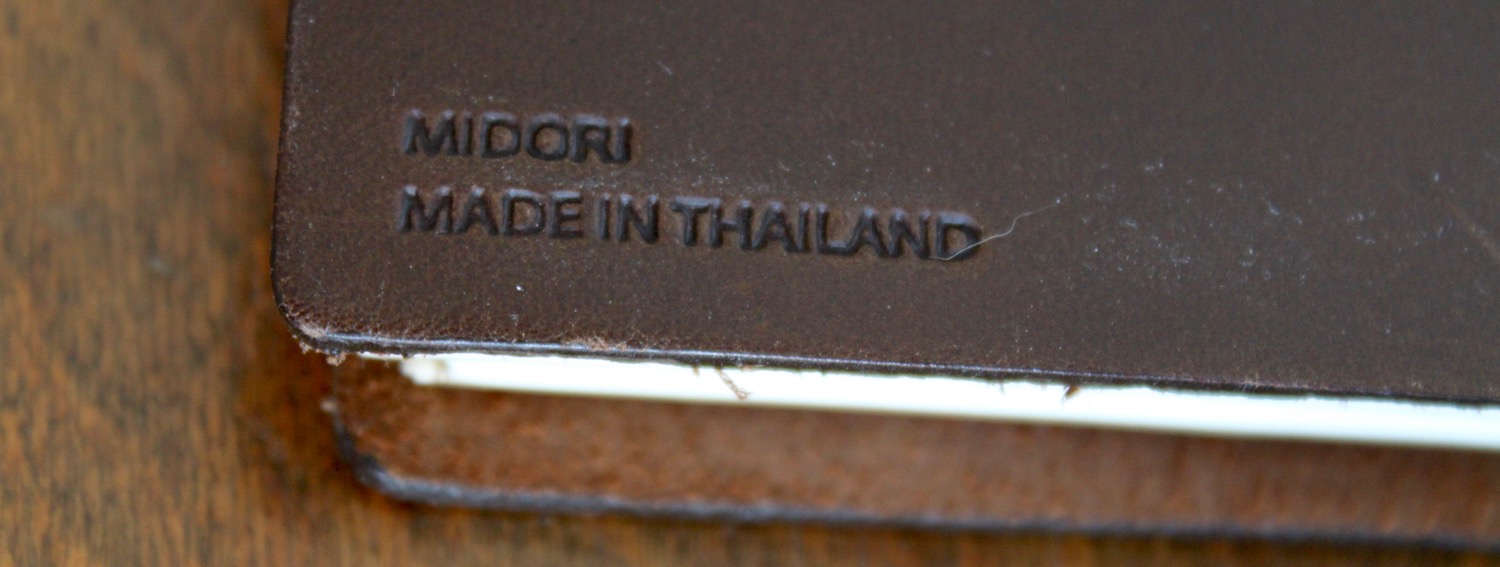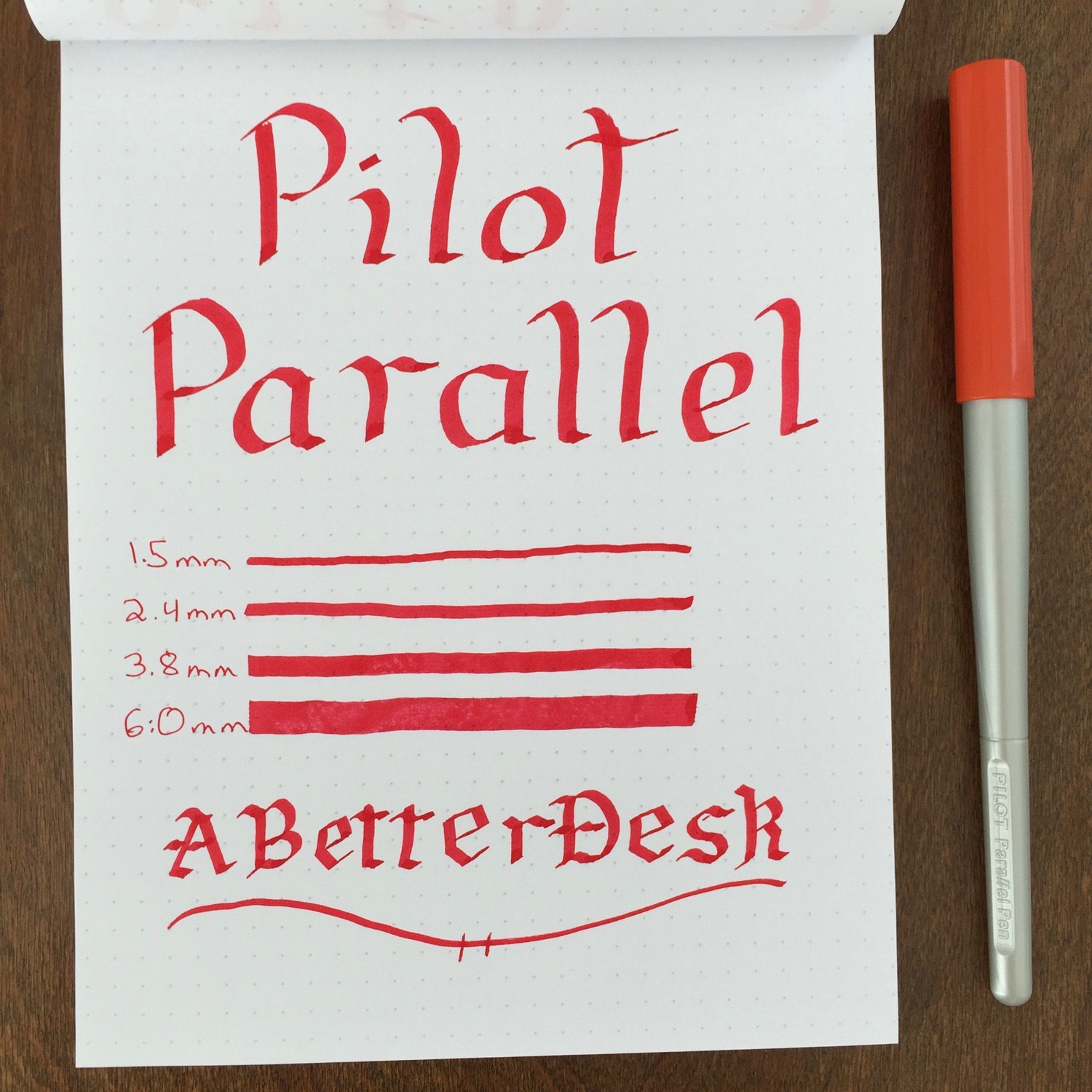A wintery blizzard consumed the east coast this weekend. As I sat, wrapped in a blanket with the space heater on full blast, I thought that it would be a great week to try out a few gray inks. I didn't understand the appeal of such inks, since they are often too light to use with traditional fine nibs and seemed to be impractical, but I was pleasantly surprised when I put a few inks through their paces. I settled on Private Reserve Gray Flannel to review simply, due to its awesome name and shading properties.
Private Reserve Gray Flannel Ink has the most extreme shading properties of the three gray inks that I've tried so far. Although I only swipe ink swatches twice, the Gray Flannel Ink showed multiple shades of gray, unlike the De Atramentis Frankincense and Pilot Iroshizuku. The variation of shading with my Pilot Parallel pen was so extreme that the ink seemed to shimmer on the page.
Private Reserve Gray Flannel Ink has fantastic shading properties, dark enough to be legible with a standard fine nib and is relatively inexpensive, compared to its competitors. Although I hadn't considered using a grey ink in the past, Gray Flannel is a lot of fun to use with my Noodler's Ahab Flex and Pilot Parallel Calligraphy pens. The ink's dry time is reasonably fast, and its name is also my favorite of the gray bunch.
Stats
- Dry Time: Less than 20s
- Wetness: Medium
- Shading: High
- Feathering: Low
- Saturation: High
Tools
- J. Herbin Glass Dip Pen
- Noodler's Ahab - Flex nib
- Pilot Parallel - 6mm nib
- Rhodia DotPad
Note: I switched to using a glass dip pen instead of the Lamy Safari to test ink dry times starting with this review. Dry times may not compare equally with previous ink reviews. The dip pen is much easier to clean than the Safari, so I plan to use it for all future ink reviews.

























